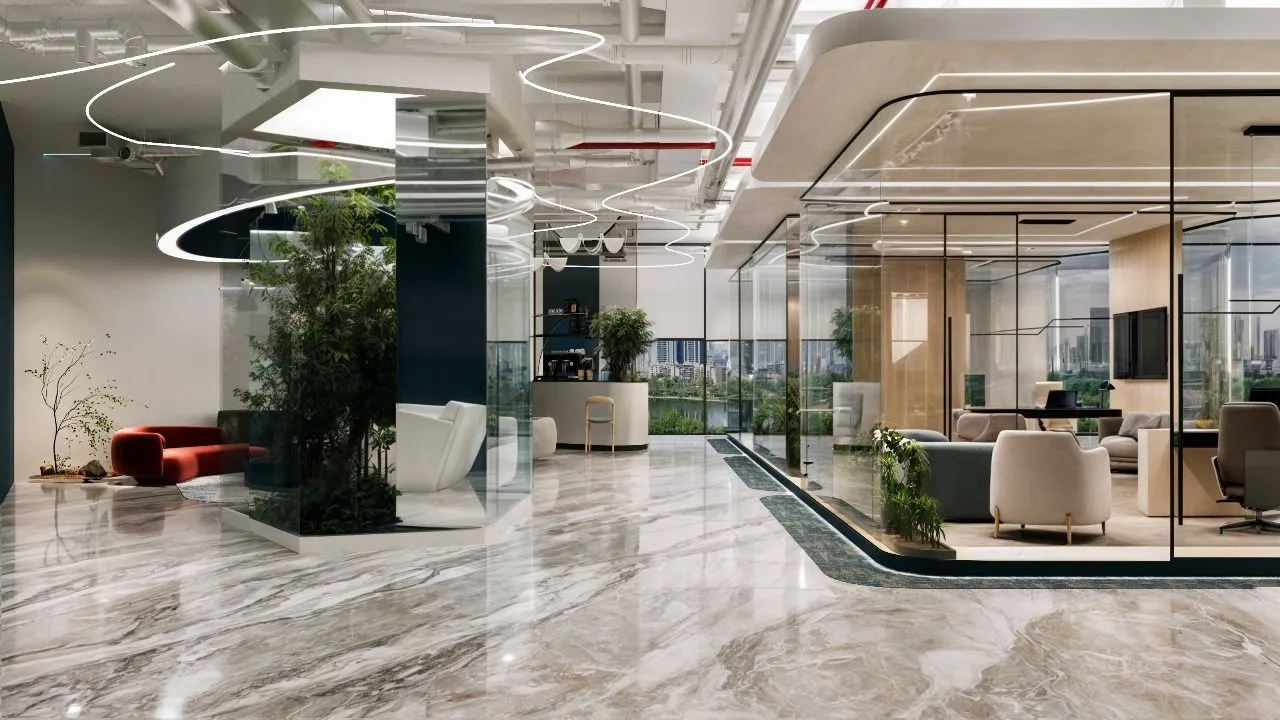Lighting is a key part of interior design, shaping how spaces look and feel. The approach of the top interior design firms in Dubai focuses on creating warmth, highlighting features, and guiding movement through a home.
Here’s how they approach it:
Layering Light
Experts use layers of light to create depth and interest. Ambient light provides overall illumination, task lighting focuses on work areas, and accent lighting highlights art or architecture. Combining these layers adds flexibility and mood to every space without relying on a single light source.
Natural Light Considerations
Top designers pay close attention to natural light. Windows, skylights, and glass doors are positioned to maximize daylight. Natural light changes throughout the day, creating dynamic effects that enhance textures, colors, and shapes within a room. Designers plan interiors around these shifting patterns.
Choosing Fixtures and Materials
Lighting fixtures are chosen for both function and style. Metals, glass, and wood finishes complement the room’s theme. Designers consider how light interacts with surfaces, using reflective materials to enhance brightness or matte finishes to soften glare. Fixture placement affects the overall look of each area.
Color Temperature and Mood
Light color impacts how we feel in a space. Warm tones create comfort, while cooler tones feel energetic. Designers adjust color temperature depending on the room’s purpose, blending multiple sources to balance ambiance. This approach makes interiors feel lively yet comfortable for everyday use.
Smart Lighting Solutions
Many top firms integrate smart lighting controls. Dimmers, timers, and automated systems allow users to adjust intensity and color easily. Smart solutions add convenience and energy control without changing the aesthetic. Lighting can adapt to activities, from working and cooking to relaxing or entertaining.
Highlighting Architectural Features
Designers use lighting to draw attention to walls, ceilings, and unique design elements. Recessed lights, track lighting, and LED strips subtly emphasize textures and shapes. Properly placed lighting turns functional areas into visually appealing spaces, enhancing the overall design of the home.
Balancing Function and Style
The best lighting balances usability and beauty. Kitchens need bright, clear light for cooking, while living rooms benefit from softer illumination for relaxation. Top firms plan lighting to meet practical needs while maintaining a cohesive design vision. Every fixture contributes to a room’s personality.
By layering light, highlighting details, and blending function with style, interior design firms create spaces that feel alive, welcoming, and practical.
